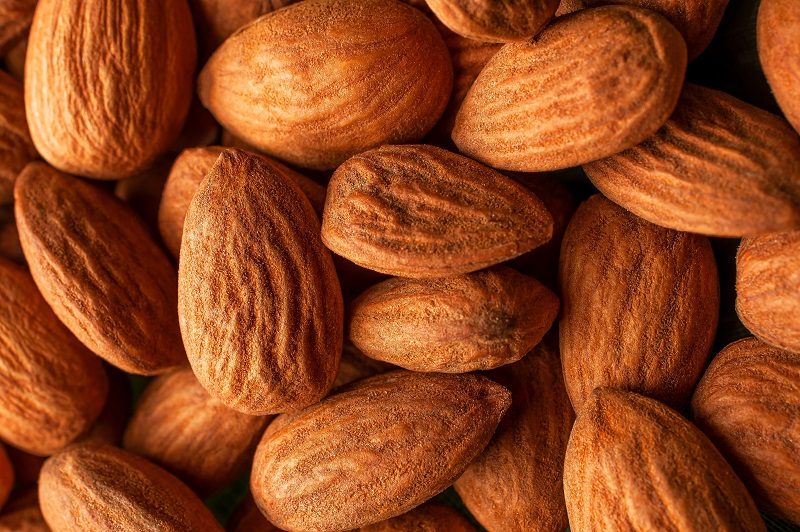Dry Season Anything But In South Florida
While February is off to an abnormally wet start across the Sunshine State, South Florida seems to be soaking up the most moisture this Dry Season. The region recorded the wettest January since 1993, featuring one rainfall event that boosted the water supply and another that required full flood control operations, according to the South Florida Water Management District (SFWMD).
On January 9-10, roughly 15 inches of rain fell in just three hours in the Boynton Beach area. On January 29-31, a widespread rainfall event dropped more than 2 inches across South Florida, with up to 5 inches in localized areas.
Has this winter’s wet weather negatively affected your crops?
- Yes (55%, 6 Votes)
- No (45%, 5 Votes)
Total Voters: 11
“The two January events highlight the ever-present challenge of balancing our water supply mission with essential flood control,” said Susan Sylvester, chief of the Water Control Operations Bureau. “In the Dry Season, a portion of the rain falling over a large area during several days can be stored in the system. Deluges along the coast require intense flood control operations.”
Districtwide, 3.60 inches of rain fell in January, representing 187% of average, or 1.67 inches above average for the month.
Palm Beach, Martin, and St. Lucie counties, along with the Everglades Agricultural Area (EAA), were the wettest portions of South Florida for the month. Totals included:
- Palm Beach: 7.02 inches; 237% of average; 4.06 inches above average
- Martin and St. Lucie: 6.89 inches; 327% of average; 4.78 inches above average
- East EAA: 3.96 inches; 228% of average; 2.22 inches above average
Lake Okeechobee received 2.53 inches of direct rainfall in January, representing 190% of average, or 0.84 inches above average.
Source: South Florida Water Management District









